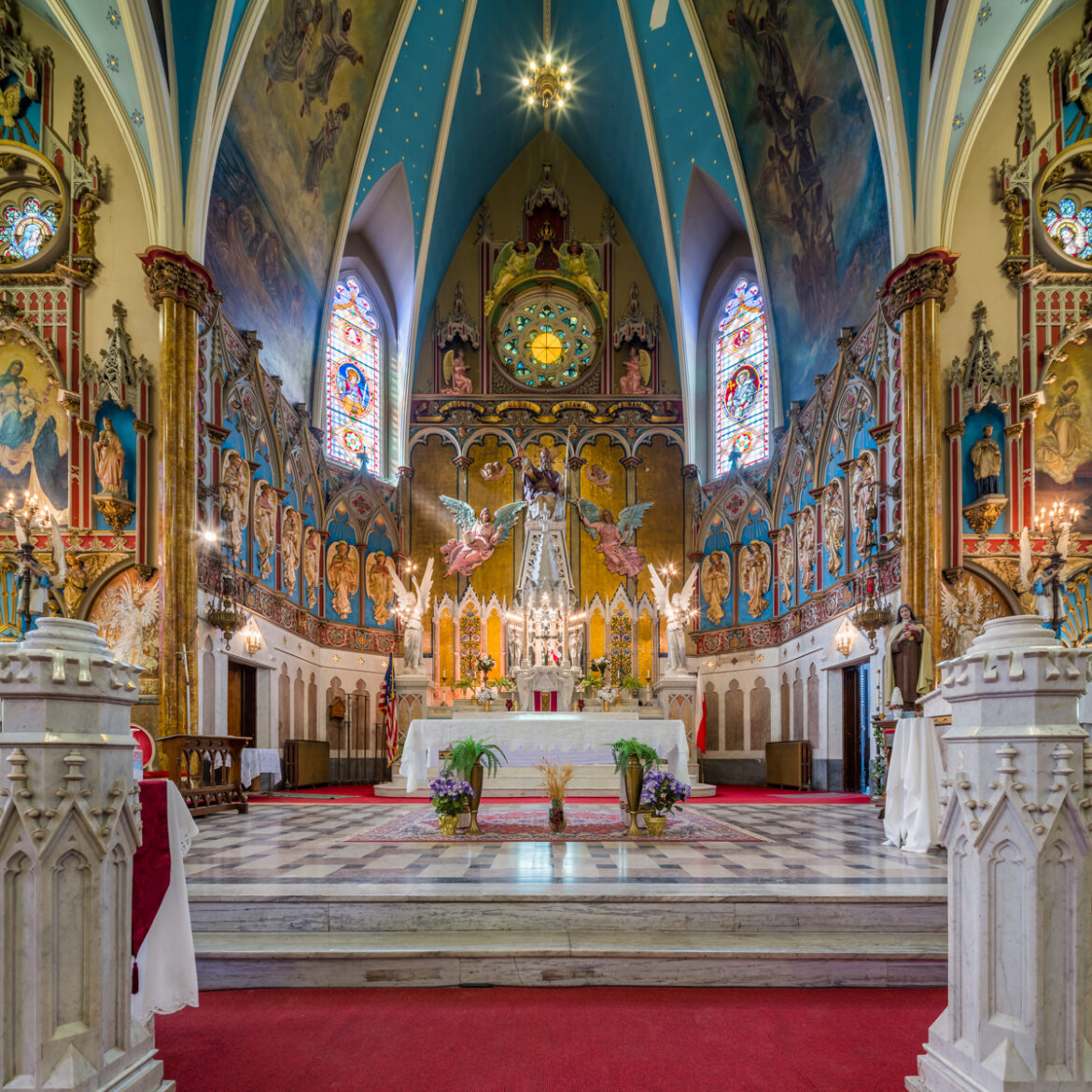Within the tapestry of Christian history, few threads are as intricate and impactful as the establishment of the Church of England. This ecclesiastical entity, often colloquially referred to as the Anglican Church, emerged during a tumultuous period marked by the tempest of personal and political ambition. At the epicenter of this seismic shift was none other than Henry VIII, a monarch whose desire for familial legacy led to a profound separation from the papal authority of Rome.
The genesis of the Church of England can be traced to the early 16th century, a time when Christendom was teetering on the brink of reformation. The confluence of theological inquiry, burgeoning nationalism, and personal vendetta culminated in an ecclesiastical schism that would forever alter the landscape of Christianity. It was not merely a divorce from the Catholic Church but rather the unfurling of a new spiritual identity that resonated with the English populace.
To understand the intricacies of this break from Rome, one must first appreciate the character of Henry VIII, often painted with the brush of ruthless ambition. His quest for a male heir, a topic that became an obsession, propelled him into a collision course with the Vatican. Henry’s first marriage to Catherine of Aragon, the widow of his brother Arthur, bore him a daughter, Mary. The absence of a male successor, however, led Henry to seek an annulment. When Pope Clement VII refused to grant his petition, citing political pressures—particularly from Catherine’s nephew, the Holy Roman Emperor Charles V—Henry felt cornered, like a king entangled in the thorns of his own desires.
In essence, Henry’s repudiation of Rome was not merely an ecclesiastical dispute but also a deeply personal struggle. It epitomized the metaphor of a man seeking to carve out his own identity—even as he remained shackled by the expectations of an ancient institution. The king’s yearning for an heir became a driving force behind the creation of a new church, acting as both a shield and sword against the encroaching shadows of his predecessors’ failures.
By 1534, the Act of Supremacy was enacted, officially designating Henry as the Supreme Head of the Church of England. This was a decisive moment, a symbolic severance of the umbilical cord that connected English faith to the pastoral guidance of Rome. The Act not only affirmed his religious authority but also enshrined the notion that the English crown held divine justification for its actions—thus intertwining governance and spirituality in a manner reflective of the cosmological order many sought to institute.
In a world where the divine right of kings held sway, Henry’s reformation was an audacious proclamation; akin to a ship charting new waters in a vast ocean, it risked the treacherous storms of dissent yet promised the allure of uncharted shores. The separation from Rome also allowed for the dissolution of monasteries, a dramatic transformation of the socio-economic landscape. The crown seized substantial church lands and wealth, redistributing them to loyal nobles, thereby creating a new class of power brokers.
However, the establishment of the Church of England did not find immediate acceptance among the populace or the clergy. The seismic fracture between Catholicism and Anglicanism sparked contentious debates, theological disputes, and often violent reaffirmations of faith. The English Reformation, while initially a royal venture, evolved into a broader movement, inviting reformers who were thirsting for an authentic relationship with the Divine—one stripped of the lavish excesses and perceived moral failings associated with the Catholic Church.
The theological implications were massive; the Church of England retained many Catholic traditions, such as liturgical practices and a hierarchy of bishops, yet began experimenting with Protestant doctrines and scriptures in vernacular English. This blend became emblematic of a faith journey seeking to accommodate a diverse array of believers. The Book of Common Prayer emerged as a unique beacon of Anglican spirituality, articulating a faith that was accessible yet reverent, allowing worshippers to transcend the confines of elitist clericalism.
In the wake of this tumult, Henry VIII’s legacy was left imprinted on the very fabric of the Church of England. His reign marks the birth of a distinct English identity not solely defined by royalty but deeply intertwined with faith. Yet, like many endeavors wrought by human ambition and pride, the split was not without its discontent; struggles continued for decades, as Anglicanism embraced theological tenets that oscillated between the Reformed and the Catholic.
In retrospect, the foundation of the Church of England serves as a poignant reflection on the complex marriage of faith and politics. Henry VIII, much like any monarch, was, at his core, a flawed human. His ambitions bore fruit in a new religious identity, one that would endure and evolve through the ages, rebounding with resilience in the face of trials and tribulations. In the unfolding narrative of Christian history, the Church of England stands as both a testament to personal ambition and a symbol of spiritual quest—a lighthouse navigating the tumultuous waters of human desires toward the shores of faithful endurance.
Thus, the origins of the Church of England are anchored not only in the annals of historical chronology but also in the profound quest for identity, authority, and connection to the divine. It represents the confluence of ambition and spirituality, inviting reflection on how the past continuously shapes the present faith experiences within Christianity.



